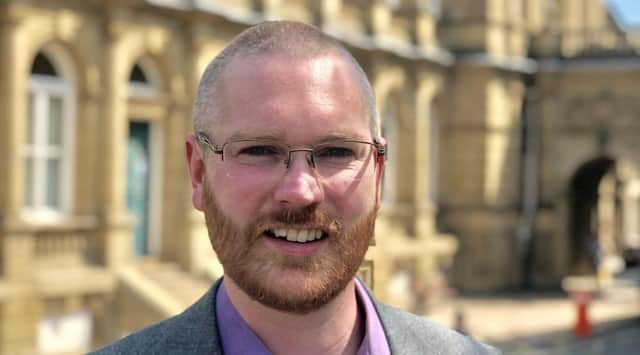Demand by children's board to help people looking to adopt in Calderdale


Calderdale Council’s Children and Young People’s Scrutiny Board were finding out more about processes when the head of One Adoption West Yorkshire (OAWY), Sarah Johal, spoke to them about the service’s work.
She said between April 2018 and March 2019, 32 children had had a plan for adoption ratified by Calderdale agency decision makers, a 39 per cent increase on the previous year’s figure of 23 children from the local authority.
Advertisement
Hide AdAdvertisement
Hide AdIt was felt that the increase in the number and diversity of adopters locally would result in children being placed without delay with families able to meet their needs, and the families would be able to access relevant support, she said.
Coun James Baker (Lib Dem, Warley) asked at what stage people were dropping out of the system, and why they were dropping out.
She said sometimes people decided at that stage it was not the right time for them to adopt.
Coun Baker said he had friends who had gone through the adoption process and certain issues were raised with them, for example being 27 rather than 25, which resulted in them being actually deterred from going further.
Advertisement
Hide AdAdvertisement
Hide AdMs Johal said One Adoption did not deter people because of age, ethnicity, weight and so on. For example, a healthy lifestyle was a recommendation, but this would not be a reason to deter.
Coun Baker said the general point he was making was lots of people are interested in adopting but numbers then doing so were “quite a low rate when we have so many children who need those places and those homes.”
He added: “I am really worried if people who are really excellent parents are being put off at an early stage.”
Other issues raised by councillors included whether foster carers were encouraged to adopt, the major budgetary pressures on some foster care placements, whether siblings were placed together or encouraged to remain in contact, what support was offered during and after adoption, whether cultural identity was taken into consideration when placing children with adoptive families, and whether LBGTQ adopters were recruited.
Advertisement
Hide AdAdvertisement
Hide AdOAWY recruits adopters from a wide range of communities and non-religious and religious backgrounds, and parents’ views were taken into account – but the primary focus was based on meeting the child’s needs, councillors were told.
In the case of LGBTQ adopters feedback indicated lots of people chose OAWY for the positive response and engagement they had received.
Members acknowledged the success of OAWY in terms of improving recruitment and positive placements in the last year and also commented on service improvements which were anticipated.